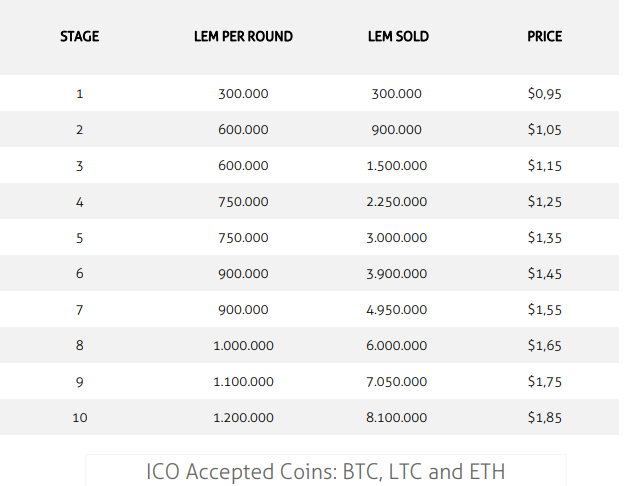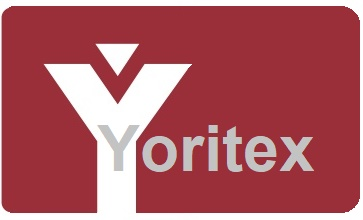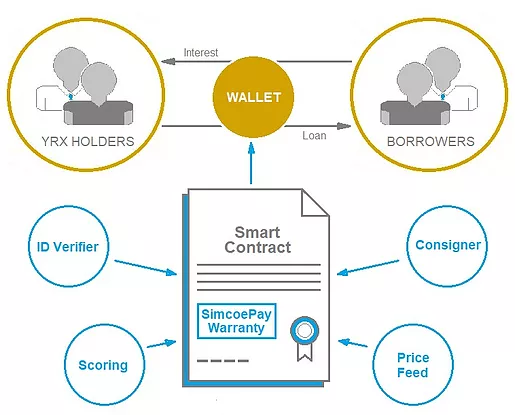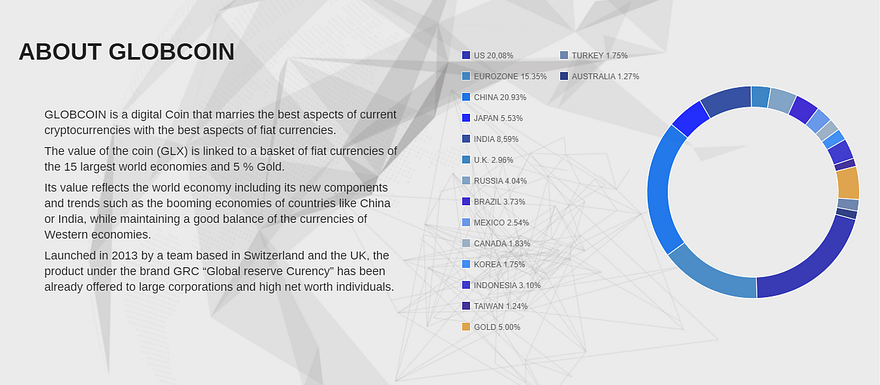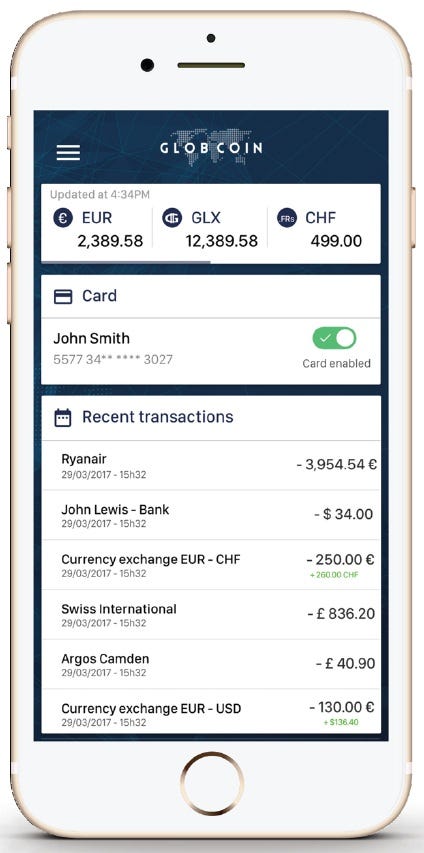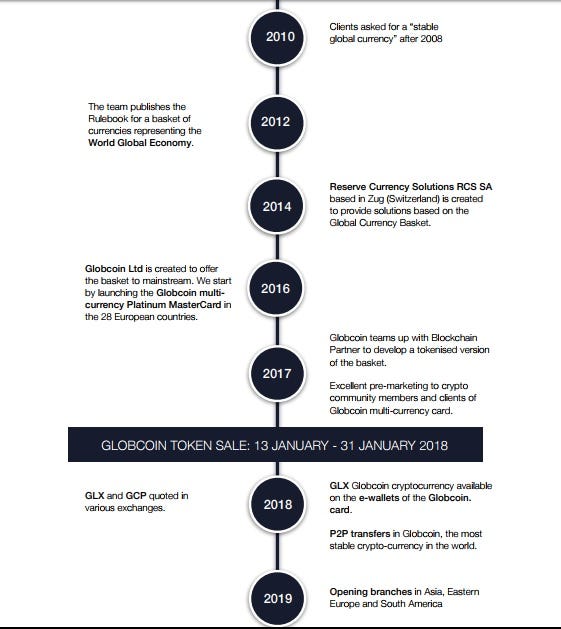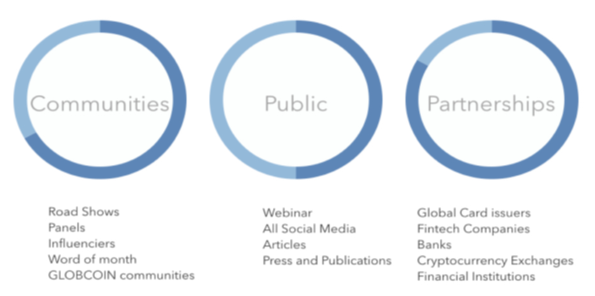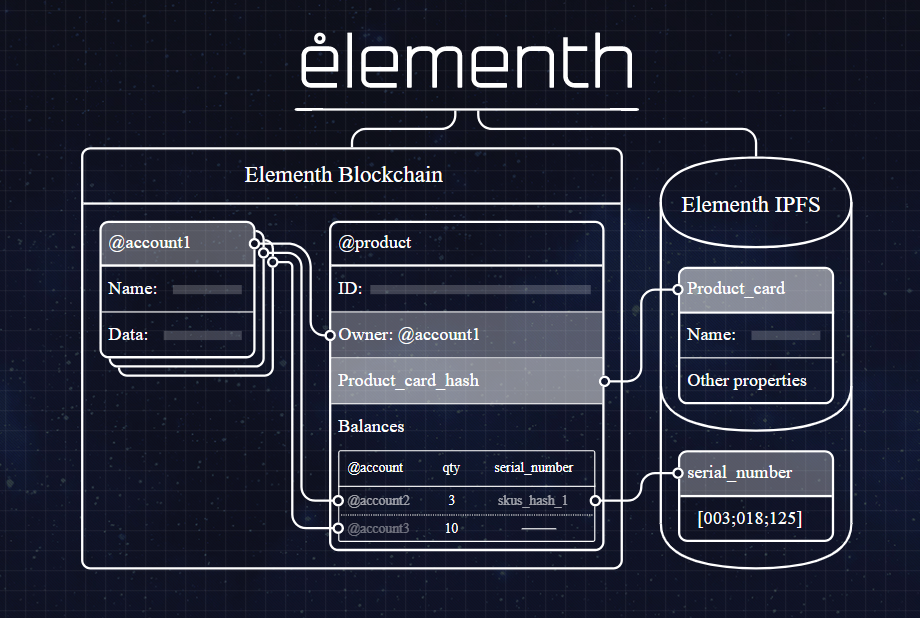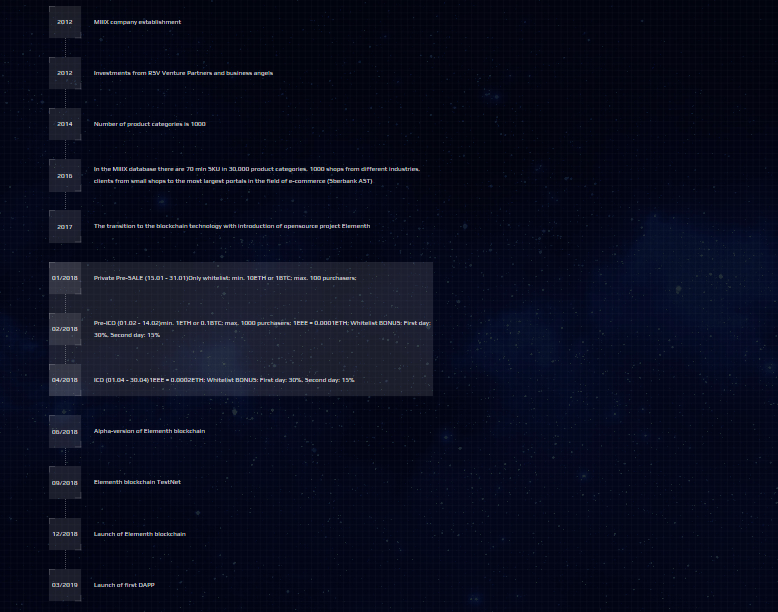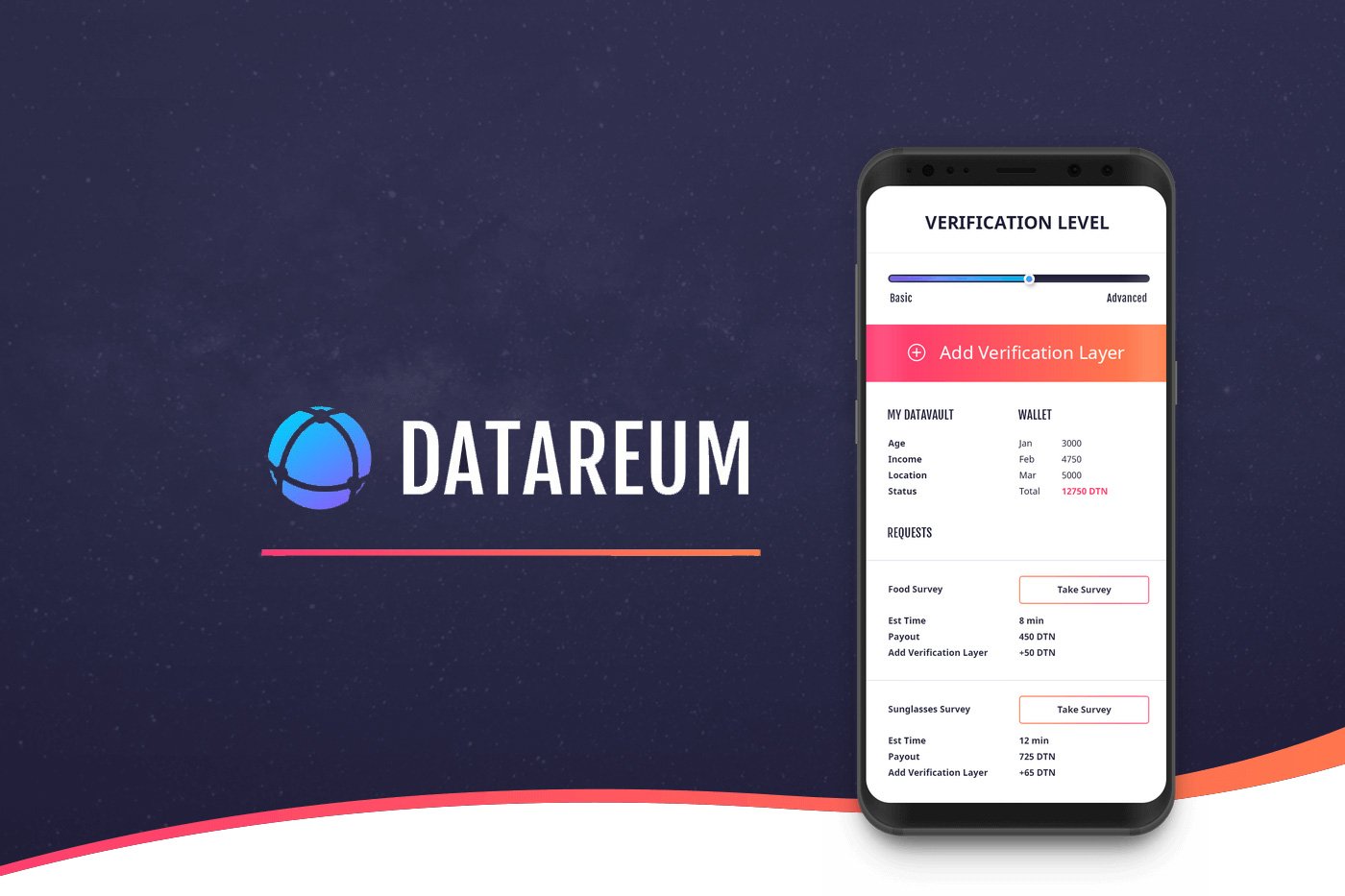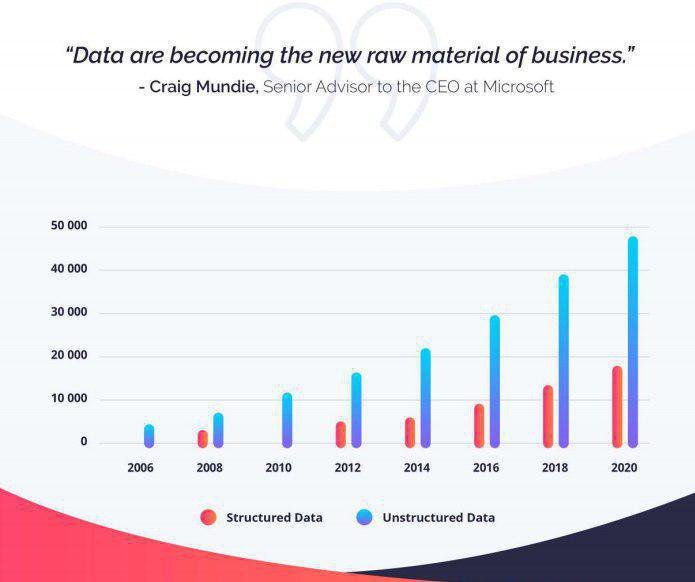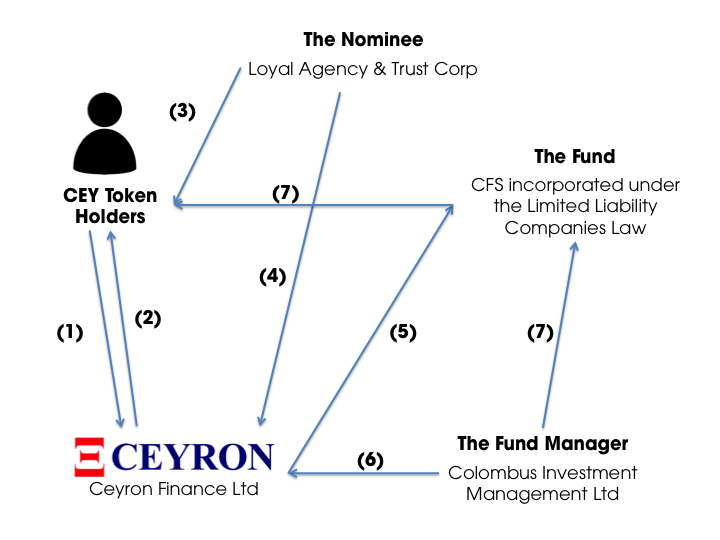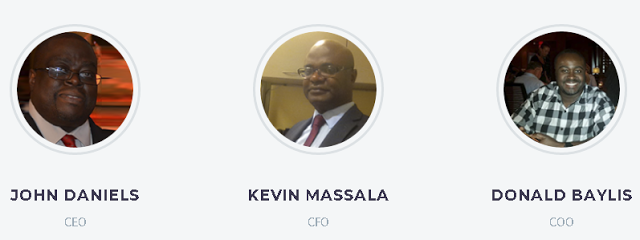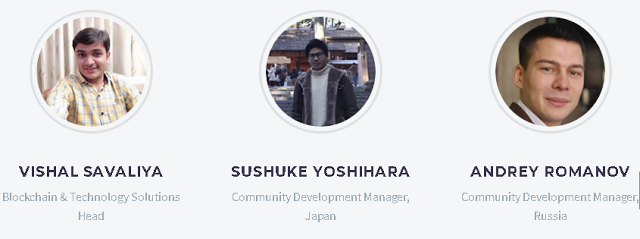ELEMENTH
Elementh is a block chain for e-commerce to write a list of titles for goods with the power of that particular smart contract and the use of nomenclature standards for decentralized and centralized applications for e-commerce as soon as possible. Elementh has absorbed the best achievements of the new year in the chain block, which has a goal to solve the problems of the modern e-commerce world.
Elementh is a block chain for e-commerce to write a list of titles for goods with the power of that particular smart contract and the use of nomenclature standards for decentralized and centralized applications for e-commerce as soon as possible.
Elementh has absorbed the best achievements of the new year in blockchain, aimed at solving the problems of the modern e-commerce world. Elementh is a blockchain for e-commerce that will write a list of ownership of goods with the power to sign a special smart contract and use nomenclature standards for decentralized and centralized e-commerce applications as soon as possible.
- Nomenclature of Uniform Goods
One of the main features of Elementh is the availability of a single nomenclature. To make the object map as accurate and accurate as possible, and to reduce the chances of making duplicate cards, the cost of making and using cards will be different. To make commodity cards, participants must pay, for example, 1 EEE (the price will be determined by choosing a delegate). When the owner adds items to the system, he is required to use an existing card or create a new one. The use of existing maps is 100 times smaller than the new one (e.g., 0.01 EEE). The cardholder receives a gift for each owner using his business card, and also makes transactions using this card. Each system participant can fill in the information in the existing card,
The system elements are in the same copy, and if elements with the same serial number are added to the system, each dApp can notify the buyer that the origin of the element is unknown. If the ownership chain belongs to the manufacturer, the authenticity of the goods will be done across the network
The goal of ELEMENTH is to create alternative protocols for the development of distributed applications used by e-commerce, the ability to guarantee ownership of certain products and to conclude intellectual contracts, providing quality standards for specific nomenclature for e-commerce. Elementh completed this by making Turing complete in the built-in programming language group, each of which can write smart distributed contracts with the app, allowing the use of integrated products, e-commerce transactions, and proprietary transfers.
Thanks to the Elementh token system, such as a certain merchandise track for the original owner of the original creation, can be used in many applications, tracking and detecting counterfeit goods. Unlike the token system, the system also provides the ability to bypass all data items that can (name, manufacturer, barcode, etc.). Certain products for certain address display "issues". Also, if the same element already exists in the block chain, the publisher receives a message about it, it will have a chance to see how your product wants
If an item has a serial number, you can select when to start the transfer operation. Only people who know the initial hash number of the serial number specified in the system, therefore have the ability to conduct a valid transaction to provide protection against forged data. If, when the "released product" is created, the serial number is not used, the RFID tags or other simple recording methods.
Naming of Uniform Goods
Every manufacturer, distributor or supplier of the world has its own data format for this element, more importantly, its own nomenclature. The numbers are huge and growing every day. For example, let's look at Google search results. Shop "iphone 7 256 gigabyte red":
As you can see, another store has a different name of the iphone, another color of the iPhone 7 256 GB. As it should be. The obvious solution to this problem is integrated, where you can show product offerings that are interested in one card or product to select suppliers so that the users are very useful to them. This is the creation of naming elements.
One of ELEMENTH's key features is the availability of a single nomenclature. The cost of making and using the card will be different to ensure that the merchandise is as accurate as possible with the card, and to reduce the likelihood of duplicate cards being made. To make commodity cards, participants must pay, for example, 1 EEE (the price is determined by choosing agent).
When the owner adds items to the system, he suggests using an existing card or creating a new one. The use of existing maps is 100 times smaller than the new one (e.g., 0.01 EEE). Receive a reward for all owners using the card, and make transactions using this card. Each system participant can fill in the information on the card, and the cardholder can accept or reject the proposed changes.
According to the protocol protocol DPO
distributing CSW autonomous companies, decentralization affects all shareholders of 51% of shareholders will be recovered. This means you need it. The task is to achieve 51% of threshold transactions in a timely and efficient manner.
The Elementh project has evolved from the miiix.org product, which has been developed since 2012. When we discovered that Miiix is a fully operating business in Russia that has investments from SVBV and SAP Hybris and more than 200 online stores and small and medium-sized markets.

To achieve this goal, all shareholders can delegate the right to choose a delegate. 100, the largest delegate of the number of votes that can make a schedule. Each delegate is given a period of time from the production unit. If you do not generate a block, the command is skipped, and the next delegate generates a list of matching blocks. All delegates receive a 10% payment of the average commission fee. If the central unit contains 100 shares, the mandate will receive 1 part as payment.
The possibility of network latency may cause some delegates unable to create their own blocks at the right time, this will cause troubleshooting block circuits. But in practice, this is not possible, because delegates can establish direct contact with other delegates before continuing the chain. In this model, the new unit can not be divided into block chains produced every 10-30 seconds, under normal organizational conditions or repaired within minutes.
ICO tokens and information: EEE,
supply total standard ERC-20: 303 million EEE
token distribution:
217 500 000 (71.78%) EEE - buyer
45 million (14.85%) EEE - Team
40.500.000 13.37%) Widest partner and consultant
pre-sale personal pre-sale
private start date: 15 November 00:00 2018 UTC
fiz. final end date: 31 January 2018 23:49 UTC
hat
personal pre-sale: - used personal selling hard Cap: 1500 ETH
Second Private selling price: 1 EEE = 0,0001 ETH
Private prefix bonus: 50% of tokens
start using date -ico ico: February 1, 2018 00: 00 UTC
ICO finish date: 14 February 2018 23:39 UTC
until soft cover ICO: -
Second arm rigid ICO cover: 1500 ETH minus second hand
ICO sale price pre-order step 1 EEE = 0,0001 ETH
both ICO bonus schemes: Day 1: sign 30% Day 2: 15% mark
ICO
ICO start date: March 1, 2018 00
: 00 UTC ICO end Date: March 31, 2018 23: 59
ICO Light: 10 000
hard cover ICO: 30 000
Price of ICO ETH: 1 width 0,0002 =
ETH ICO Bonus: Day 1: 30% tokens, Day 2: 15% of tokens
Autor : damar
ETH : 0xC020707CB64a02B77f47787C6C9Ca2Fdf127c12E



